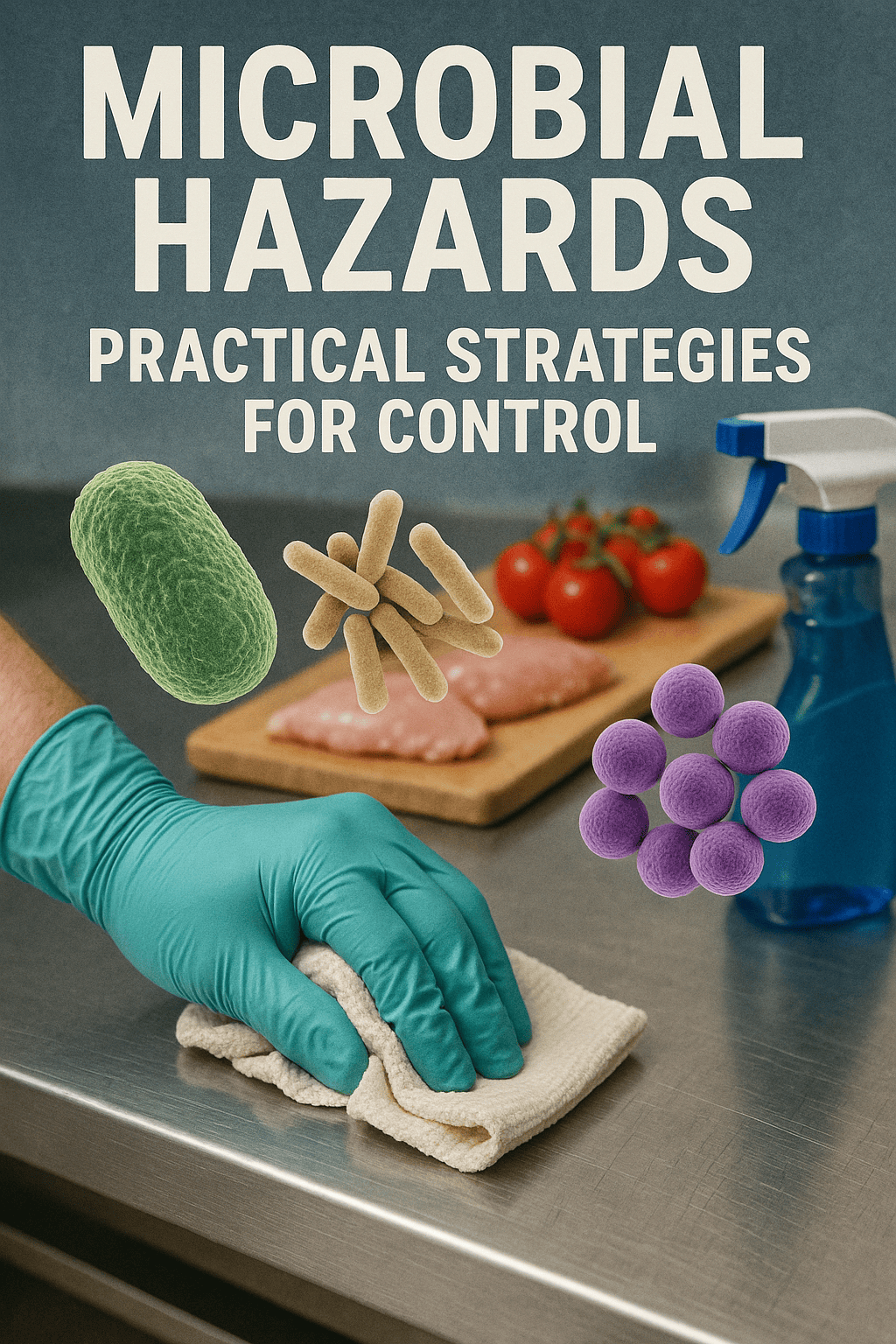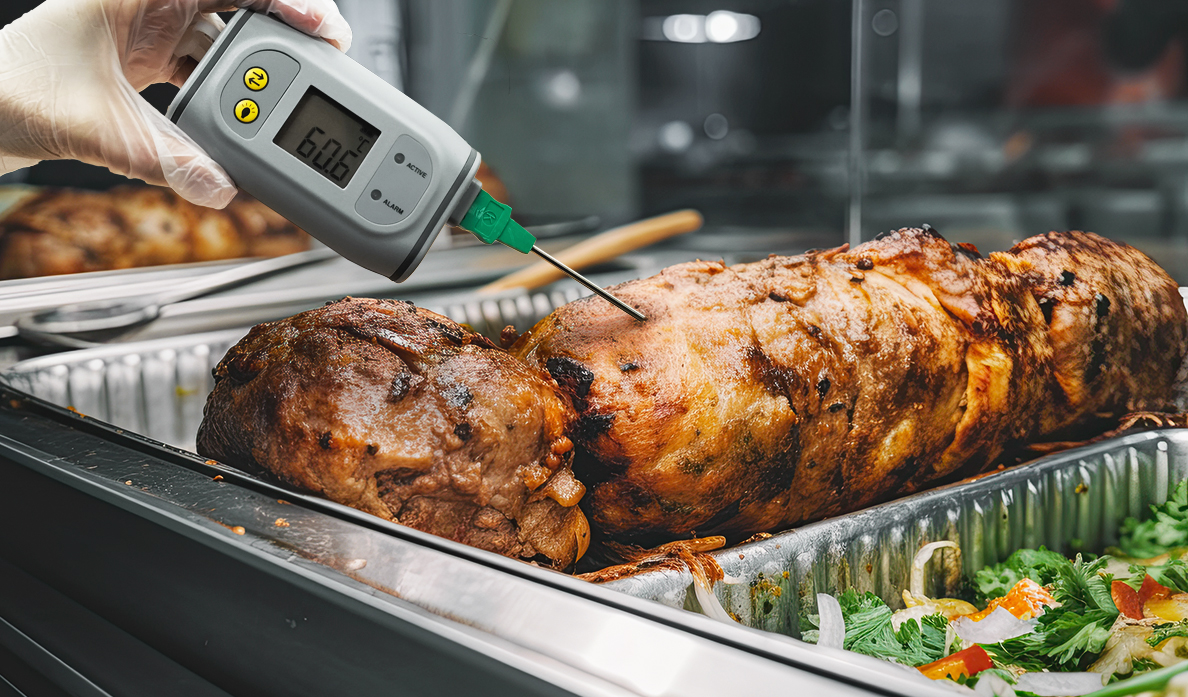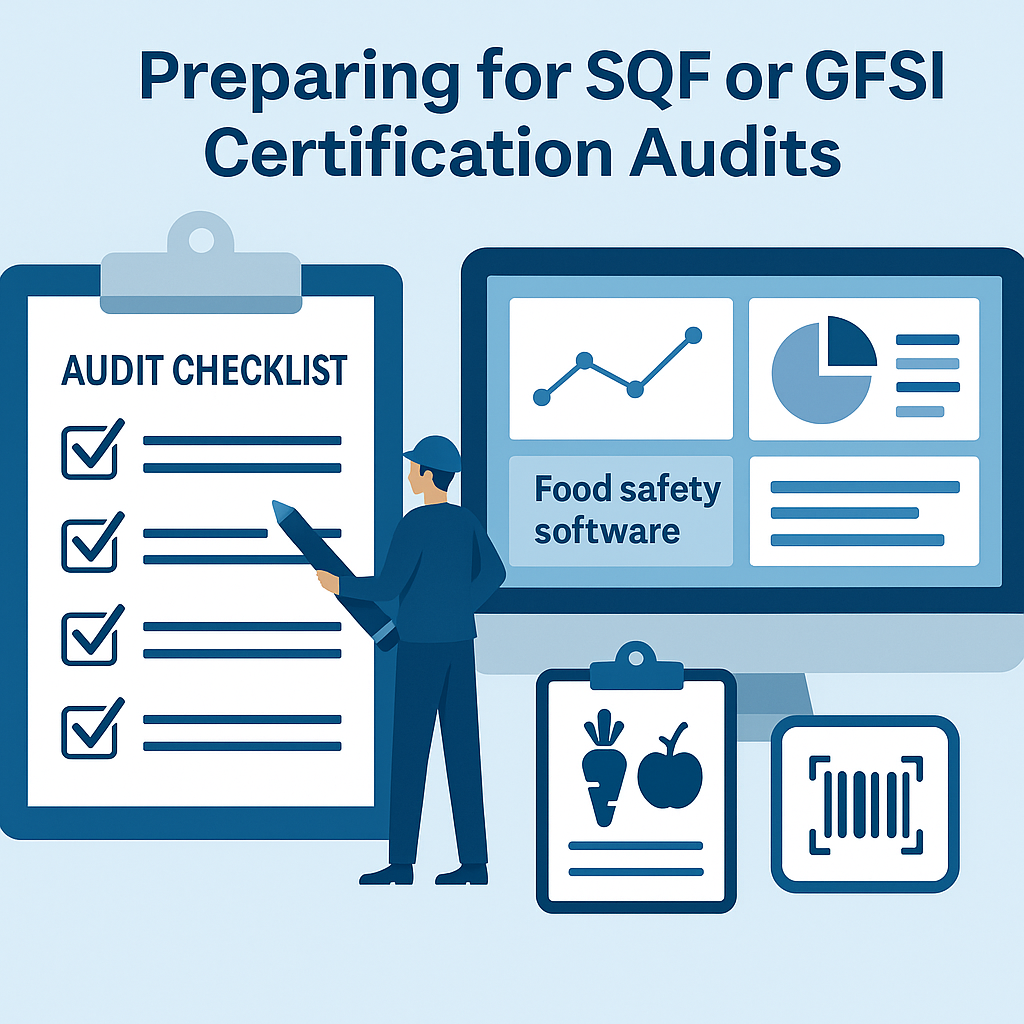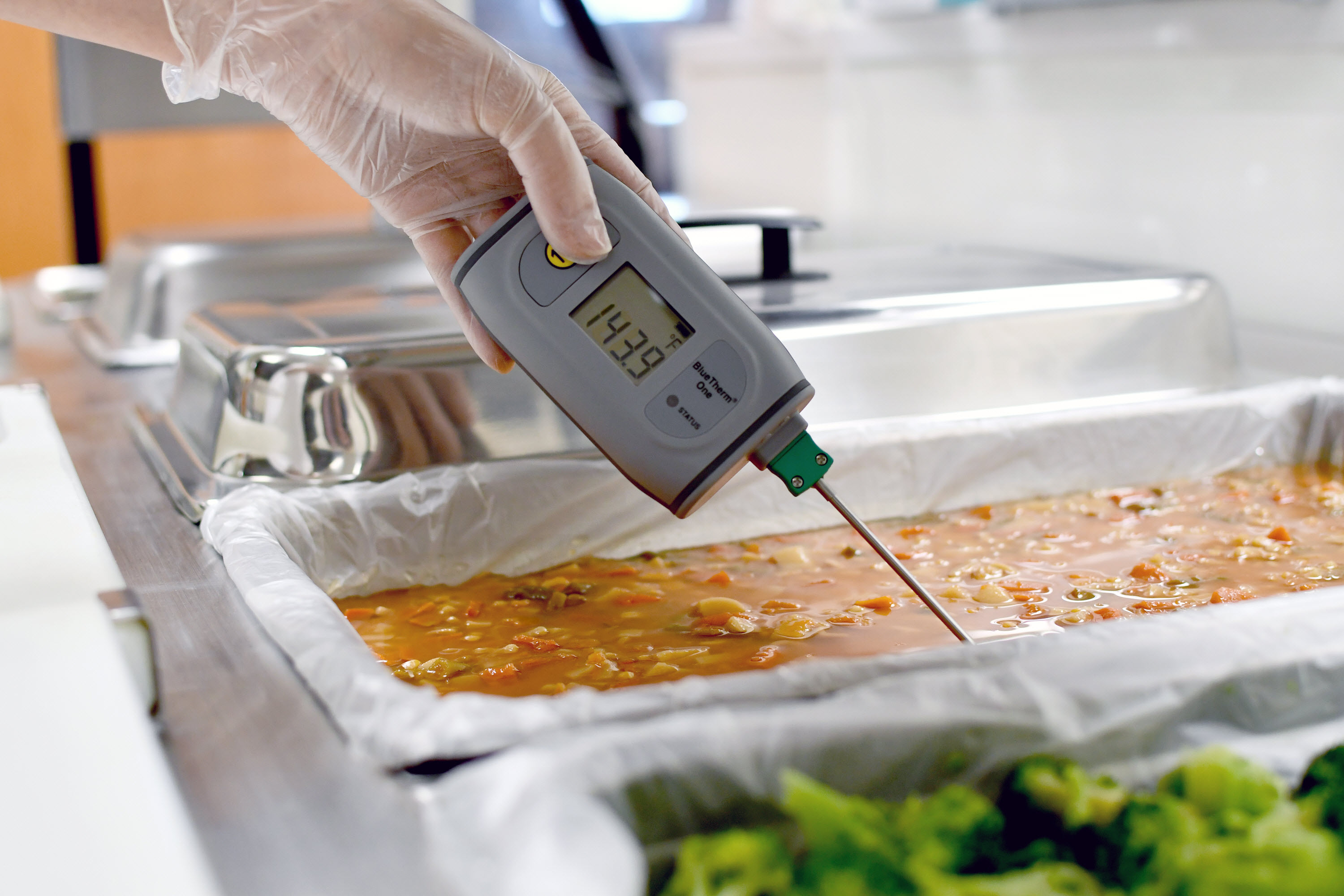In the dynamic and highly regulated landscape of the food industry, maintaining impeccable standards for food safety is non-negotiable. One of the foundational pillars of a successful food safety system is the Pre-Operational Inspection—a process that ensures every piece of equipment, surface, and environmental condition in a facility is thoroughly evaluated before production begins each day. Despite being routine, pre-operational inspections are far from trivial; they play a crucial role in preventing contamination, ensuring regulatory compliance, and safeguarding brand integrity.
Understanding Pre-Operational Inspections
Pre-operational inspections are systematic assessments conducted before the start of production to verify the cleanliness and readiness of equipment, tools, surfaces, and the production environment. These inspections are part of Good Manufacturing Practices (GMPs) and form a core component of any Hazard Analysis and Critical Control Points (HACCP) program.
While inspections are often seen as routine, they are a critical control point that can significantly influence food safety outcomes. A missed residue on a slicer, unnoticed moisture on a conveyor belt, or cross-contamination risks due to inadequate cleaning can lead to microbial growth, allergen contamination, or foreign material hazards—all of which may result in recalls, consumer illnesses, or even facility shutdowns.
Why Pre-Operational Inspections Matter
1. First Line of Defense Against Contamination
Pre-operational inspections help identify biological, chemical, or physical hazards before any food touches the equipment. From leftover food particles to chemical residues, these inspections serve as a proactive filter that prevents unsafe conditions from escalating into production risks.
2. Regulatory Compliance
Health authorities and auditors place significant emphasis on documented pre-operational checks. The Canadian Food Inspection Agency (CFIA) and the U.S. Food and Drug Administration (FDA) require companies to demonstrate sanitation control measures as part of their compliance.
3. Quality Assurance
Contamination can not only endanger consumers but also degrade product quality. A clean production line supports consistent product quality, taste, and shelf life.
4. Protecting Brand Reputation
In today’s age of transparency and traceability, any slip in hygiene or food safety can go viral. Pre-operational inspections help maintain a clean slate—literally and figuratively.
5. Cost-Efficiency
Preventing contamination is significantly more cost-effective than managing a product recall or facing a lawsuit. These inspections act as a critical cost-saving control measure.
Step-by-Step Guide to Conducting Effective Pre-Operational Inspections
Step 1: Define Inspection Scope and Frequency
Clearly outline which areas, equipment, and surfaces are to be inspected, and how frequently. For most facilities, daily pre-shift inspections are required, but some areas may warrant more frequent checks (e.g., high-moisture environments).
Step 2: Use a Standardized Inspection Checklist
A standardized, documented checklist ensures consistency. NORMEX helps digitize and centralize these checklists, allowing real-time visibility and historical traceability.
Step 3: Assign Trained Personnel
Only trained personnel should conduct pre-operational inspections. They must be aware of cleaning procedures, sanitation standards, and risk indicators.
Step 4: Document Findings and Actions Taken
Documentation is critical—not just for compliance, but also for trend analysis and continuous improvement. Every deviation or non-compliance found must be recorded with corrective action. NORMEX automates this documentation and reduces human error. With mobile access and photo upload capabilities, facilities can ensure proper traceability and accountability.
Step 5: Conduct Verification and Approvals
A supervisor or quality assurance team member should verify the inspection results and give final approval to begin production. This two-layer verification system reduces oversight errors.
Step 6: Analyze Data for Trends and Improvements
Over time, analyze inspection records to identify trends. Integrating with a food traceability software solution allows managers to track non-compliance hotspots and make data-driven decisions.
The Digital Advantage: Leveraging Food Safety Software
While traditional paper-based inspections can work, they often come with inefficiencies:
- Prone to manual errors
- Time-consuming documentation
- Lack of traceability and analytics
- Difficult to access during audits
Modern food safety software like NORMEX transforms pre-operational inspections into a seamless digital experience:
- Customizable checklists
- Mobile accessibility
- Photo evidence and real-time alerts
- Audit-ready reports
- Trend analysis and dashboards
For food businesses aiming to scale efficiently, reduce risk, and impress regulators, adopting a digital system is no longer optional—it’s essential.
Key Considerations for a Successful Pre-Operational Program
- Consistency is Key: Ensure inspections happen before every production cycle—not just when an audit is expected.
- Build a Food Safety Culture: Encourage staff to report issues proactively and take ownership of hygiene.
- Align With HACCP and Regulatory Standards: Pre-op inspections should align with your Critical Control Points (CCPs) and Prerequisite Programs (PRPs).
- Audit Your Own Process: Regularly audit your inspection system itself to identify gaps in training, compliance, or recordkeeping.
- Use Visual Tools: Incorporate color-coded zones and photo references to standardize inspections and reduce interpretation errors.
Conclusion
Implementing thorough pre-operational inspections is more than just a compliance requirement—it's a strategic imperative for any food business that values safety, quality, and brand trust. Relying on manual, paper-based methods introduces avoidable risks, inefficiencies, and gaps in traceability that can impact your bottom line.
The shift to digital food safety solutions like NORMEX empowers your team with real-time visibility, consistent documentation, and data-driven insights that traditional methods simply can't offer. It’s not just a process improvement—it's a long-term investment in operational excellence and regulatory confidence.
If you're ready to take the next step in modernizing your food safety program, I invite you to schedule a demo of our food safety software. Discover how going digital can strengthen your inspections, reduce risks, and support your business growth.







